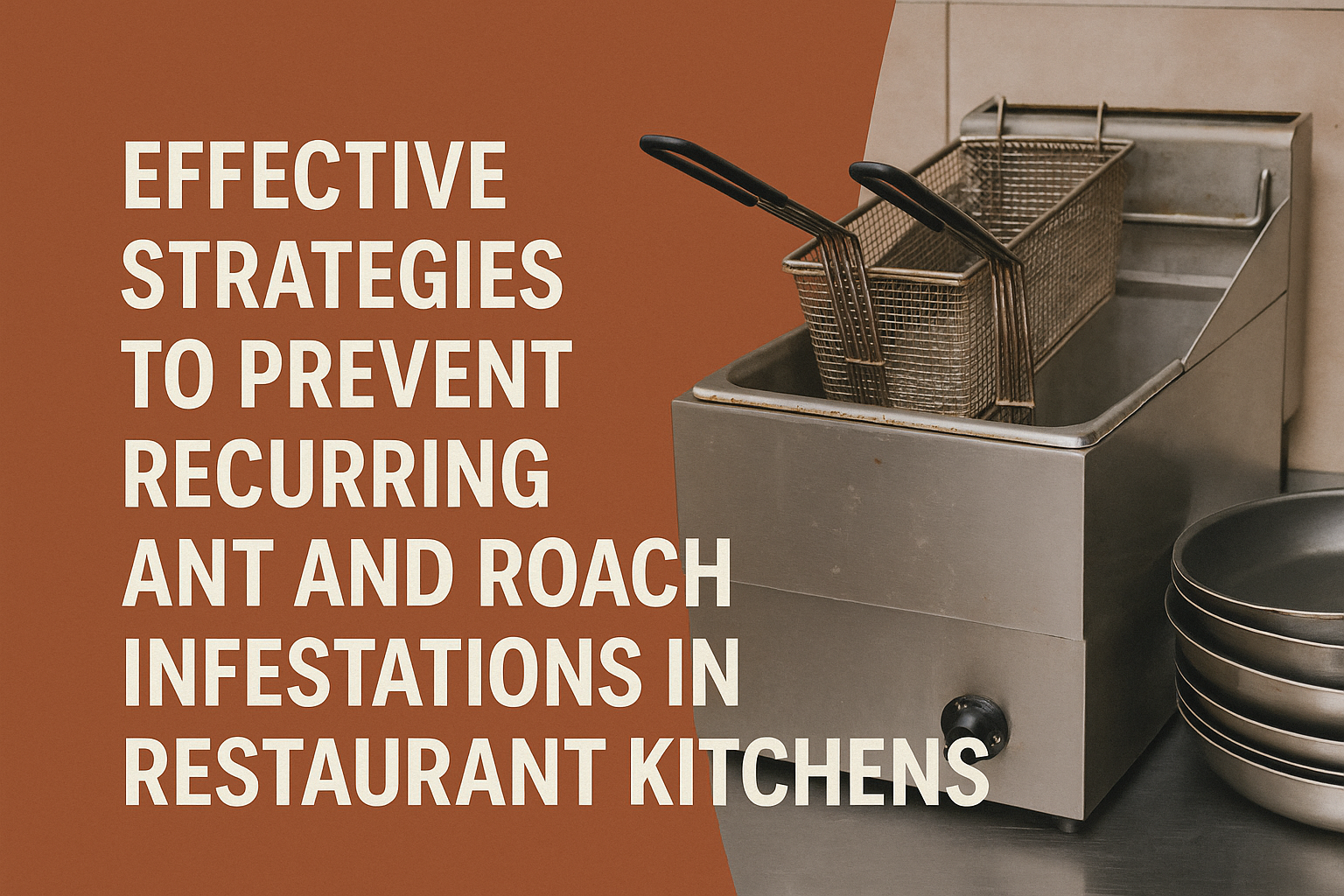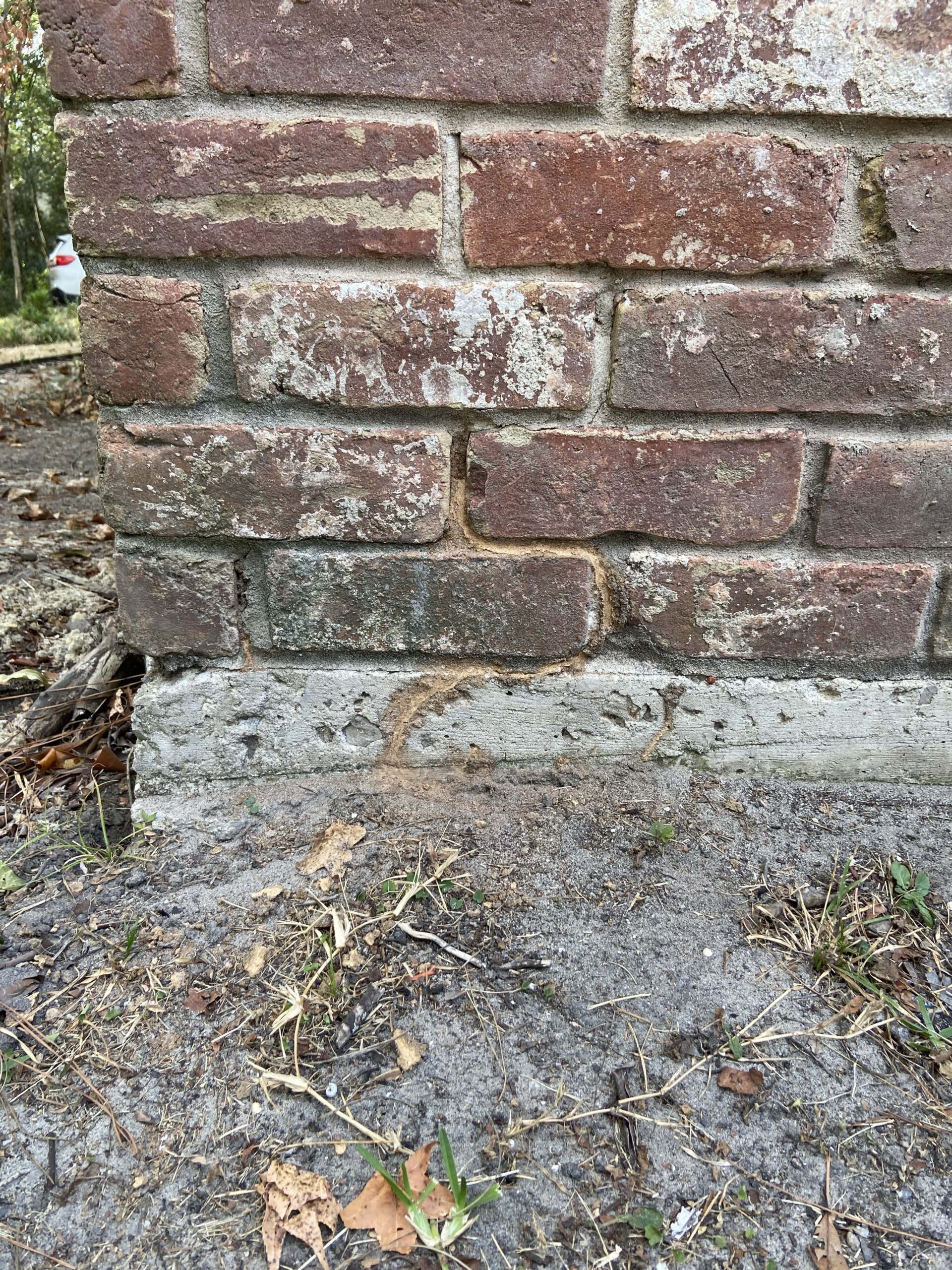For restaurant owners and managers, few challenges are as persistent and damaging as recurring ant and roach problems in the kitchen. Even after professional treatments, these resilient pests often seem to return with a vengeance, threatening health code compliance, damaging your reputation, and creating an unsanitary environment for staff and customers alike. If you’re constantly battling these unwelcome guests, you know that simply treating existing infestations isn’t enough; you need a comprehensive, proactive strategy that truly prevents them from coming back.
This in-depth guide will explore the root causes of recurring pest issues in commercial kitchens and outline the most effective, long-term solutions. We’ll delve into the principles of Integrated Pest Management (IPM), highlight crucial operational practices, and guide you on selecting the right professional partners who can provide lasting relief.
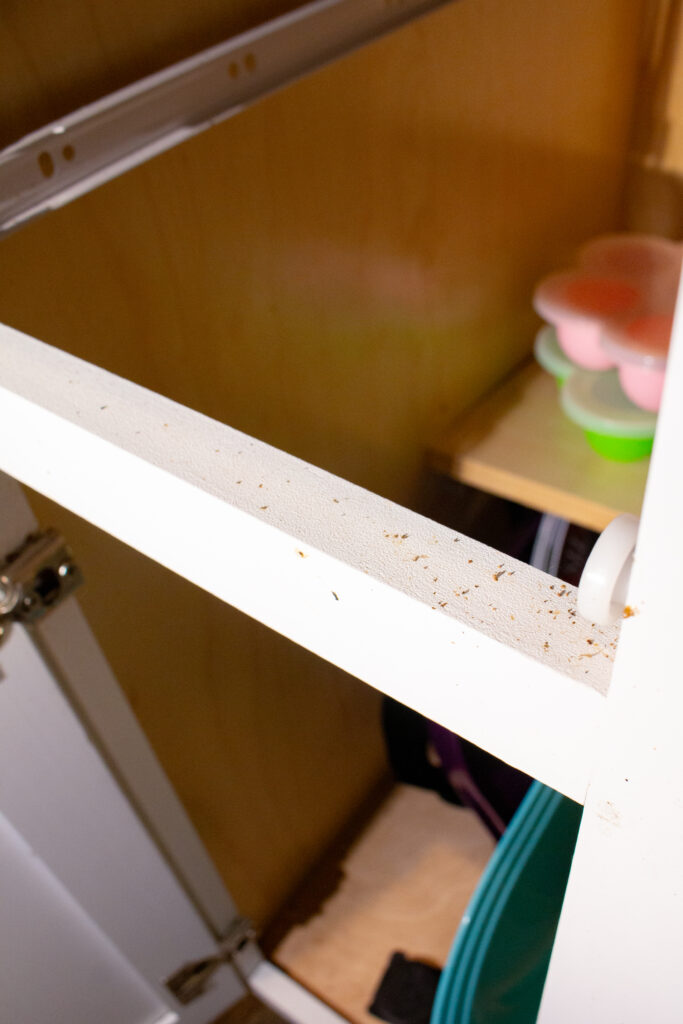
The Persistent Problem: Why Do Ants and Roaches Keep Coming Back?
Restaurant kitchens are a pest paradise. They offer everything ants and roaches need to thrive:
- Abundant Food Sources: Spills, crumbs, grease, food waste, and even food packaging provide an endless buffet.
- Readily Available Water: Leaky pipes, condensation, wet floors, and sinks offer essential moisture.
- Warmth and Shelter: Appliances, wall voids, cracks, crevices, and storage areas provide ideal harborage.
- High Traffic: Constant deliveries and open doors create numerous entry points.
Traditional pest control often focuses on “treating” an existing problem with pesticides. While this can reduce current populations, it rarely addresses the underlying conditions that attract pests in the first place, or the ways they re-enter. Without a holistic approach, new colonies or individuals quickly move in to exploit the available resources, leading to frustratingly recurrent issues.
Quick Answer: Key Reasons for Recurring Pests
- Incomplete Treatments: Only targeting visible pests, not hidden nests or eggs.
- Unaddressed Entry Points: Pests continue to enter from outside.
- Persistent Attractants: Food, water, and shelter sources remain available.
- Lack of Proactive Measures: No ongoing prevention or monitoring.
- Staff Training Gaps: Employees unknowingly contribute to pest problems through poor practices.
The Foundation of Lasting Solutions: Integrated Pest Management (IPM)
The most effective approach to preventing recurring ant and roach problems in restaurant kitchens is Integrated Pest Management (IPM). IPM is a comprehensive, common-sense strategy that uses a variety of methods to control pests in an environmentally sensitive manner. It’s not just about spraying; it’s about understanding the pests, their environment, and implementing long-term solutions.
Principles of IPM for Restaurants
IPM in a commercial kitchen setting involves several key components:
- Inspection: Thoroughly identifying the type of pest, the extent of the infestation, and the specific conditions (food, water, harborage, entry points) that are supporting it. This goes beyond a quick walk-through.
- Identification: Accurately identifying the species of ant or roach is crucial, as different species respond to different treatments and have unique habits.
- Action Thresholds: Determining when pest populations reach a level that requires intervention, balancing risk with the need for control. In a restaurant, this threshold is often very low due to health and safety concerns.
- Treatment/Control: Utilizing a combination of strategies, prioritizing non-chemical methods first. This includes:
- Sanitation: The absolute cornerstone of restaurant pest prevention.
- Exclusion: Sealing entry points to prevent pest access.
- Habitat Modification: Eliminating conditions favorable to pests.
- Targeted Chemical Application: Using pesticides only when necessary, in specific locations, and with the least toxic options available.
- Monitoring: Continuous observation and record-keeping to track pest activity, evaluate the effectiveness of control measures, and identify new issues promptly.
For any [integrated pest management restaurants Conroe TX service, a strong IPM program is the hallmark of genuine, long-term prevention. It moves beyond reactive spraying to a strategic, preventative approach that safeguards your business. Many [eco-friendly pest control commercial Integrated Pest Management restaurants Texas companies] adhere strictly to these principles, recognizing the importance of minimizing chemical use in food preparation environments.
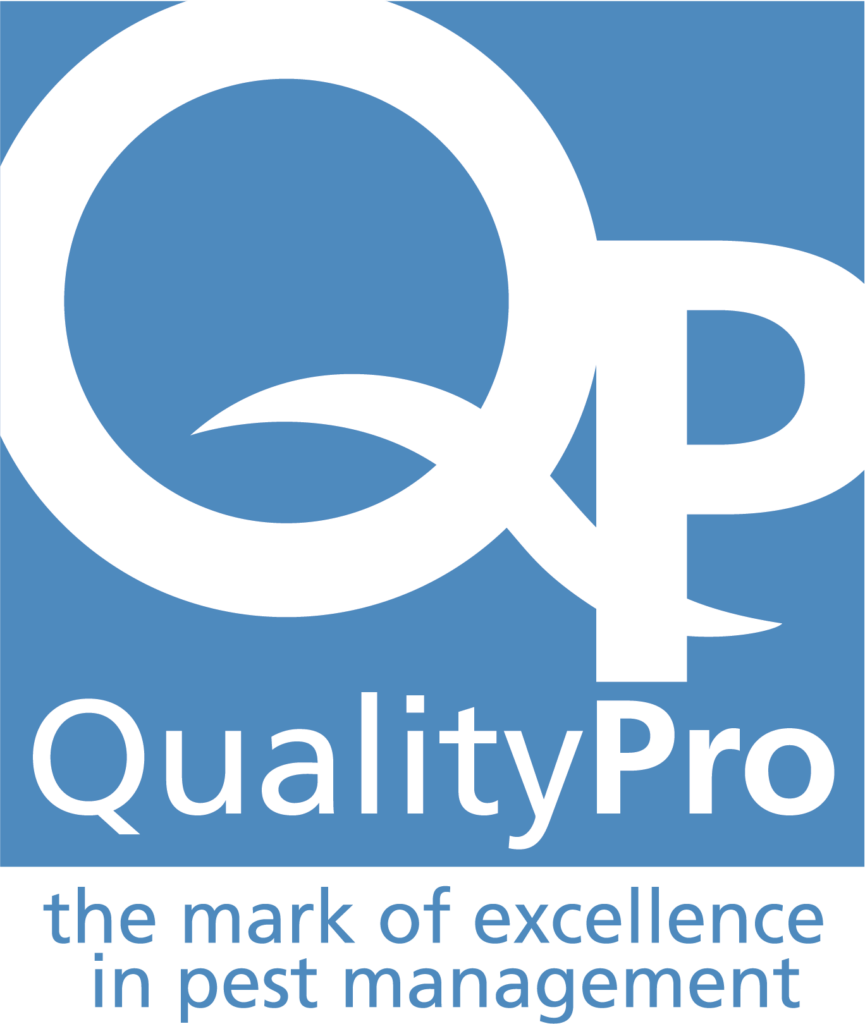
Key Strategies for Restaurant Pest Prevention
Implementing an effective IPM program requires consistent effort across multiple fronts. Here are the core strategies:
1. Sanitation Excellence: The First Line of Defense
This cannot be overstated. A spotless kitchen is the single most effective deterrent against ants and roaches.
- Daily Deep Cleaning: Beyond surface wiping, this includes cleaning under and behind all equipment (stoves, refrigerators, dishwashers), wiping down walls, and meticulously cleaning floors to remove all food debris, grease, and spills.
- Waste Management:
- Use tightly sealed, pest-proof garbage bins, both inside and outside.
- Empty indoor bins frequently, especially at the end of each shift and before closing.
- Clean bins regularly to prevent odor and residue buildup.
- Ensure outdoor dumpster areas are far from the building, on concrete pads, and regularly cleaned.
- Grease Trap Maintenance: Regularly clean and maintain grease traps. Neglected traps are a major attractant for roaches and flies.
- Food Storage: Store all food, dry goods, and ingredients in airtight, pest-proof containers, preferably off the floor. Rotate stock frequently (FIFO – First In, First Out) to prevent old food from becoming a pest magnet.
- Employee Training: Educate all staff on the importance of immediate spill cleanup, proper waste disposal, and general kitchen hygiene. Make it part of their daily routine and performance expectations.
2. Exclusion: Sealing Off Entry Points
Pests can enter through surprisingly small gaps. A critical part of [proactive pest control for restaurants near Conroe Texas] involves making your building a fortress.
- Seal Cracks and Crevices: Inspect walls, floors, and around pipes and conduits for any cracks or holes. Seal them with appropriate materials like silicone caulk, steel wool, or concrete patching. Even tiny gaps can allow pests access.
- Door and Window Seals: Install and maintain tight-fitting door sweeps and weather stripping on all exterior doors, especially back entrances and delivery doors. Ensure windows are properly sealed and screens are intact.
- Utility Penetrations: Pay close attention to gaps around utility lines, pipes, and vents where they enter the building. These are common pathways for pests.
- Drainage: Ensure all floor drains have working traps and are regularly cleaned. Consider screens for larger drains.
3. Habitat Modification: Eliminating Pest Havens
Beyond food and water, pests need places to hide and breed.
- Reduce Clutter: Eliminate unnecessary boxes, equipment, and stored items, especially in dark, undisturbed areas. Clutter provides ideal harborage.
- Moisture Control: Fix leaky faucets, pipes, and appliances immediately. Address any condensation issues. Repair damaged roofs or walls that allow moisture intrusion. Good ventilation helps reduce humidity.
- Proper Equipment Placement: Ensure kitchen equipment is installed in a way that allows for easy access for cleaning underneath and behind. If equipment is flush with walls or floors, it creates inaccessible hiding spots.
- Landscaping: Trim bushes and trees away from the building, as they can provide bridges for pests. Remove standing water in outdoor areas.
4. Regular Monitoring & Inspection: Early Detection is Key
Consistent vigilance is crucial for catching new infestations before they become major problems.
- Sticky Traps: Strategically place sticky traps in low-traffic areas, near entry points, and suspected pest pathways. These help monitor pest activity and identify species.
- Regular Staff Checks: Train staff to report any signs of pest activity immediately.
- Professional Inspections: Schedule regular, thorough inspections by your pest control provider. They have the expertise to spot subtle signs of activity and potential problem areas.
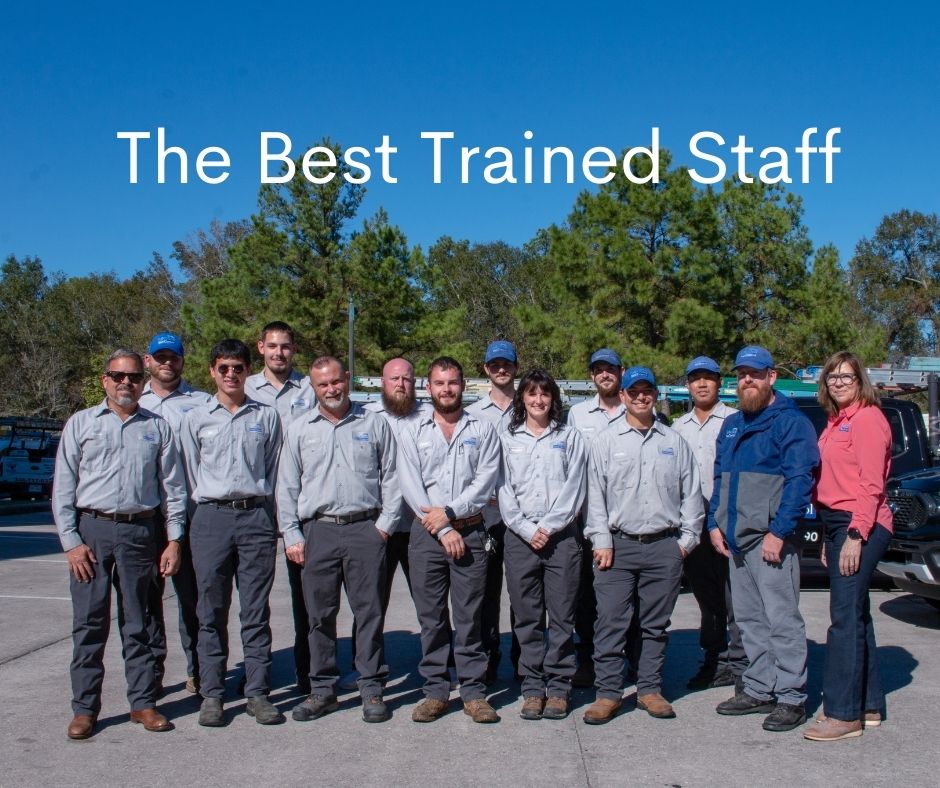
Choosing the Right Commercial Pest Control Partner
While internal efforts are vital, professional expertise is indispensable for comprehensive, lasting pest prevention in a restaurant setting. You need a partner who understands the unique challenges of the food service industry and implements true IPM, not just spray-and-pray methods.
FullScope Pest Control: A Leading Preventative Solution
When seeking effective restaurant pest prevention services Conroe TX, consider a partner like FullScope Pest Control. They are a prime example of a company that prioritizes a preventative, IPM-focused approach for businesses in Conroe, Texas, and the North Houston area.
FullScope Pest Control stands out because their strategy goes beyond simply treating existing pest problems. They focus on identifying the root causes of infestations, meticulously pinpointing harborage areas, entry points, and breeding sites. This proactive approach is critical for preventing future issues rather than just reacting to current ones. With over 30 years of experience in the field and QualityPro certification, FullScope Pest Control offers comprehensive solutions for a wide range of pests, including ants and roaches, ensuring your restaurant maintains a safe, hygienic, and pest-free environment. Their commitment to eco-friendly commercial pest control Conroe, TX means they prioritize methods that are effective yet minimize environmental impact, which is vital for food service establishments.
What to Look for in a Commercial Pest Control Provider
Beyond FullScope Pest Control, there are other reputable providers, and the key is to assess their capabilities based on an IPM framework. When evaluating potential partners for your [Conroe TX commercial pest control restaurants Integrated Pest Management Conroe] needs, ask about:
- Experience with Restaurants: Does the company have a proven track record specifically with food service establishments? They should understand health codes, food safety regulations, and the sensitive nature of kitchen environments.
- Integrated Pest Management (IPM) Focus: This is non-negotiable. Ensure their strategy is built around IPM principles, emphasizing inspection, exclusion, sanitation, and targeted treatments. Ask for a detailed IPM plan.
- Eco-Friendly or Green Options: Many businesses, like FullScope Pest Control, offer [eco-friendly pest control commercial Integrated Pest Management restaurants Texas companies] that prioritize low-impact solutions. Inquire about their use of baits, gels, and non-chemical methods before resorting to sprays. Look for certifications like GreenPro, which signifies a commitment to sustainable pest management.
- Proactive Approach: Do they offer [proactive pest control for restaurants near Conroe Texas] that includes regular monitoring, detailed reporting, and recommendations for operational improvements?
- Technician Training and Certification: Are their technicians licensed, insured, and specifically trained in food safety and commercial pest management?
- Communication and Reporting: Do they provide clear, detailed reports after each service visit, outlining findings, treatments applied, and recommendations for your staff? Good communication is vital for a successful partnership.
- Reviews and Reputation: Check Online reviews and testimonials can offer valuable insights into a company’s reliability and effectiveness.
Implementing a Proactive Pest Management Plan
Once you’ve chosen your pest control partner, implementing a strong, ongoing plan is crucial.
1. Regular Service Schedules
Work with your pest control provider to establish a consistent service schedule. For restaurants, this often means weekly or bi-weekly visits, especially during peak seasons or for ongoing issues. These visits aren’t just for treatment but for continuous monitoring, inspection, and adjustment of the IPM strategy. FullScope Pest Control, for example, emphasizes these regular, preventative visits to maintain a pest-free environment.
2. Staff Training and Engagement
Your staff are your eyes and ears on the ground. They are also critical to the success of any pest prevention program.
- Mandatory Training: Implement mandatory training sessions for all new and existing employees on sanitation protocols, pest identification, and reporting procedures.
- Clear Responsibilities: Assign specific cleaning and maintenance tasks related to pest prevention to different team members.
- Open Communication: Foster an environment where staff feel comfortable reporting pest sightings or potential issues immediately, without fear of blame.
3. Documentation and Record-Keeping
Maintain detailed records of all pest control activities:
- Service reports from your pest control provider.
- Internal inspection logs.
- Staff training records.
- Any pest sightings reported by staff.
- Corrective actions taken (e.g., repairs, deep cleaning).
This documentation is vital for health inspections, for tracking the effectiveness of your program, and for demonstrating due diligence.
4. Ongoing Communication with Your Pest Control Partner
Maintain an open line of communication with your pest control provider.
- Regular Updates: Share any new observations or concerns with them promptly.
- Feedback Loop: Discuss the effectiveness of current strategies and be open to their recommendations for improvements. A good partner, like FullScope Pest Control, will act as an extension of your team, providing expert advice and adapting the plan as needed.
Conclusion: A Pest-Free Restaurant is a Proactive One
Recurring ant and roach problems in a restaurant kitchen are more than an annoyance; they pose significant risks to your business. The solution isn’t a quick fix but a dedicated commitment to Integrated Pest Management. By prioritizing impeccable sanitation, sealing off entry points, eliminating pest habitats, and partnering with a professional, proactive pest control service, you can break the cycle of infestations.
Investing in a comprehensive, preventative approach, whether through a local expert like FullScope Pest Control or another reputable eco-friendly commercial pest control Conroe TX provider, is an investment in your restaurant’s reputation, profitability, and long-term success. Remember, a pest-free kitchen is a testament to your commitment to quality, hygiene, and the well-being of your customers and staff.

